- Home
- Keith Douglass
Armageddon Mode c-3 Page 2
Armageddon Mode c-3 Read online
Page 2
Tombstone pulled a selector switch and the Tomcat’s fuel probe swung out of the right side of the nose with a small whine of hydraulics. He eased the F-14 forward until the broomstick-thick snout of the probe stabilized about six feet behind the trailing basket. Turbulence buffeted the F-14 and its small target.
At this range, the tanker loomed overhead, an enormous gray whale precariously suspended just beyond the canopy. Tombstone needed every ounce of concentration to keep the F-14 steady, easing the aircraft gently forward, countering the rumbling vibration of the tanker’s slipstream. Since he had to concentrate on the other aircraft only yards away, his RIO watched the relative positions of probe and basket and gave him the instructions to drive the plug home.
“Left a tad,” Marusko said over the ICS. Tombstone corrected gently, still concentrating on the tanker. “And up. Three feet. Looking good …”
Tombstone was sweating beneath his oxygen mask and helmet, despite the cool, dry air in the cockpit. Air-to-air refueling was a routine part of any patrol, with the aircraft topping off their tanks after they’d catapulted from the deck and reached cruising altitude. The procedure was not nearly as nerve-racking as, say, landing on the deck of an aircraft carrier in a heavy sea at night … but there was a definite pucker factor involved in the maneuver that had very little leeway for error. Tombstone could feel his heart beating faster as he studied the relative positions of the two aircraft and the slowly closing gap between them. Both planes were traveling now at 375 knots, and the rate of closure was down to less than a foot per second. Sweat blurred his vision … “Back out!” Marusko shouted. “Abort! Abort!”
Tombstone tried to correct … too late. One hundred pounds of iron basket smashed into the canopy like a sledgehammer. The noise was so loud, so sharp, that for a second Tombstone thought the cockpit had been blown. The Tomcat shuddered again as the basket rebounded, then snapped back into the aircraft’s side with a jarring thump. The danger was as sharp as it was sudden. The loose basket could easily splinter the F-14’s canopy or get sucked down an intake and shred turbofan blades, engine, and fuel lines.
“Damn it, Stoney,” Marusko shouted again. “Back out!”
Tombstone’s thumb was already nudging the thumb-wheel on his stick to raise his lift-control spoilers, dumping some of his plane’s lift. The Tomcat sank several feet, as the basket skittered above the canopy and threatened to rap the F-14 on the port side as well. Gently, Tombstone dropped the throttles back a notch, letting the tanker slip farther away. “Sorry about that, Tango X-ray,” he said. “Bitch got away from me.”
“No sweat, Two-oh-one. Have another go.”
Carefully, he urged the Tomcat up and forward once more, positioning himself six feet behind the recalcitrant basket. He braced himself, took a deep breath, and willed his aircraft ahead.
“Looks good,” Marusko said. “Four feet … two … no!” The Tomcat’s refueling probe struck the rim of the basket, sending it dancing aside.
“Abort!”
“Shit!” The basket swung back and hit the probe, then bumped and clattered across the canopy inches above his head. Tombstone eased back again.
“Let’s clear out and let Batman have a shot,” Marusko said.
“Rog.” Tombstone let the Tomcat continue to slide astern of the tanker, until he had room to pull away to port. “Viper Two, Leader. You chase the damned thing for a while.”
“Right, Tombstone.” Tomcat 216 edged forward, taking 201’s place astern of the Texaco. “Okay, Tango X-ray One-one, this is Tomcat Two-one-six.
Let’s show those old men how it’s done. Spread ‘em!”
“Come ahead, Two-one-six.”
From a hundred feet astern and to the left, Tombstone watched as Batman’s refueling probe slid smoothly into the basket. Automatic locks snapped home when the basket had been driven forward six feet. “That’s contact,” Batman said. “Gimme a thousand of high-test.”
“Capture confirmed,” the tanker pilot replied. “She’s coming.”
It was an odd sight. The Tomcat was seven feet longer than the KA-6D and had a much larger wing area, especially now with the variable-geometry wings swung forward to improve lift and handling at low speed. Size and the twin tail fins made the F-14 look far more massive than the tanker, though in fact the fully loaded takeoff weight of both aircraft was about the same, thirty tons. To Tombstone, the sight of a Tomcat refueling from a KA-6 always reminded him of a big dog nosing a smaller dog’s tail.
He took the time to force relaxation into his arms, his hands. He felt weak, as though his hands were shaking, though when he held one gloved fist up it was rock steady. What was wrong with him?
“You okay, Stoney?” Marusko asked from the backseat.
“Yeah, CAG. No problem.”
But there was a problem, and Tombstone knew what it was … or rather, who. The thought of Pamela came unbidden, a flash of memory, an image of her the last time he’d seen her in Bangkok. That had been two months ago, just after the coup attempt that had nearly overthrown the government of Thailand and involved Carrier Battle Group 14 in a short, sharp air and ground action against rebel forces.
Pamela Drake was an ACN News reporter who had been covering the turmoil in Bangkok. Tombstone had gotten to know her pretty well during the crisis, well enough that they’d managed to fall in love with each other.
She was back in Washington now, but her letters had been coming with each COD mail delivery to the Jefferson, and Tombstone, never much of a correspondent, had answered them all … all but the last two.
“Tango X-Ray One-one, this is Two-one-six.” Batman’s voice sounded steady over the radio. “Best lay we ever had. Slam, bam, and thank you, ma’am.”
“Our pleasure, Batman,” the tanker captain replied. His dry chuckle rasped in Tombstone’s headset. “Two-oh-one, Tango X-ray One-one. How’s it looking for you now, Stoney?”
Tombstone’s eyes scanned his instrument panel one last time. He’d been concerned that the impact of the basket might have damaged his fuel probe, but there were no signs of fuel or hydraulic leaks, no warning telltales on his caution advisory board.
“Green all the way,” he replied. He took a deep breath. “Two-oh-one, in for another take.”
“You know what they say, Tombstone,” Batman said over the headset. “Just try to imagine hair around it.”
“Roger.” The basket neared his canopy once more, closer … closer … Tombstone felt a tremor and glanced down. His hand was shaking now.
Damn, he thought. Not now! Not now! Teeth grinding, he fought down the feeling of weakness, blinked through the sweat that pricked at his eyes. He focused his concentration on the belly of the KA-6, aware of the basket’s jostling dance just beyond the canopy’s right front side out of the corner of his eye.
“Three feet, Stoney,” Marusko said, his voice emotionless. “Two feet.
You’re right in the groove, guy. Left … left a bit more … Keep it coming …”
The refueling probe speared the basket dead center, with a thump and a jolt as the catches snapped home. “Two-oh-one, contact,” Tombstone said. He snapped up the switches that opened the F-14’s tanks. “Ready to receive.”
“Capture confirmed,” the tanker pilot said. “Here it comes.” Fuel rushed down the narrow hose, greedily devoured by the Tomcat. Tombstone kept his mind on maintaining the interval between the two aircraft.
Mercifully, both CAG and Batman kept their silence. Shit, Tombstone thought. Sooner or later the odds are going to catch up to me. And when they do …
“We read you full, Two-oh-one.”
“Roger, Tango X-ray.” He snapped the switches closed. “Ready to disengage to port.”
“We’re clear.” Tombstone backed clear of the drogue, then broke left.
The two Tomcats flew in formation with the KA-6D for a moment. Then the tanker began dropping away toward the sea, angling into a turn that would take him back toward the Jefferson. “It’s been gran
d, guys. Look me up again when you feel the need.”
“Thanks,” Batman radioed. “Just put it on Tombstone’s Mastercard, okay?”
Tombstone’s hand was no longer shaking. He flexed it a couple of times, then grasped the stick firmly. Pamela’s last letters. What was he going to do about them? They’d arrived only three days earlier, both of them on the same COD flight in from Diego Garcia, and they were eating away at him. He’d not answered them because he didn’t know how, didn’t know the answer to what Pam was asking. Pamela was as sharp as she was attractive. Was she right? Was it time for him to leave the Navy and find a saner job? He wondered if he’d lost the edge. It wasn’t the problem spearing the basket. Hell, there was nothing wrong with his two-time failure to engage the tanker’s drogue. That sort of thing happened all the time in the day-in, day-out routine of Navy aviation.
Danger, as the aviators said, went with the territory, was as much a part of their issue gear as flight suit and helmet. But that was just it. That sort of thing did happen routinely. There were so many ways to screw up in the cockpit … most of them deadly. Navy aviators needed an incredible blend of skill, training, reflexes, and luck to make tasks like snagging a fuel drogue in flight or making a night trap on a pitching carrier deck seem routine, to do them again and again and again as though there was nothing to them.
It wasn’t that Tombstone was afraid, but he was tired. Every man on board the Jefferson was tired, with eight months of the CBG’s nine-month deployment down.
And tired men make mistakes.
Tombstone said nothing as he took up the Tomcat’s patrol zone and throttled back for a long orbit. Sooner or later, something had to give.
The question was whether or not to get out now, before it did.
1206 hours, 23 March
Bridge, U.S.S. Biddle
Captain Edward Farrel turned in his high-backed chair to take the phone handset from one of the bridge watch-standers. “Captain speaking.”
“CIC Officer, Captain,” Lieutenant Commander Mason’s voice replied. “We have a passive sonar contact, towed array, bearing zero-five-four to zero-five-six.”
Farrel’s eyes shifted toward the windscreens on the bridge’s starboard wing. The U.S.S. Biddle, one of Carrier Battle Group 14’s two Perry-class guided-missile frigates, was scouting far ahead of the Jefferson. Her primary duty was as part of the carrier’s ASW screen, searching for submarines that could pose a threat to the CBG. The horizon was empty under a brassy, tropical sky. The impulse to keep looking, to try to see something out there against the featureless skyline, was irresistible. “Can you manage an ID yet?”
“Chase thinks it sounds like a Foxtrot, sir, but not one he’s heard before. They’re running it through the library now.”
Antisubmarine ships and aircraft either carried or had access to a tape library of underwater sounds, everything from the grunts and squeaks of fish and other marine life to the characteristic noises made by various undersea vessels. It was often possible to match a particular set of sounds not only with a general class of submarine, but with the acoustical profile of a particular boat. Good Navy sonarmen could sometimes pick out old friends by ear alone, and Sonarman First Class Chase was one of the best.
Farrel came to a quick decision. “Ping him. I want to know if we’re on top of him.”
“We’ll give it our best shot, sir. Conditions aren’t very good below, though.”
“Understood. Call me when you have him nailed.” He handed the phone back to the waiting sailor.
Passive sonar was listening only, using sensitive underwater listening devices to locate a submarine by the sounds of its engines, pumps, and the rush of water across its hull. Biddle’s SQR-19 was a towed array, hydrophones trailing behind the ship that could pick up underwater noises as much as thirty nautical miles from the ship.
Biddle also mounted sonar equipment in her keel. Designated SQS-56, it could either listen passively or broadcast sharp pings of sound, then pick up the echoes from any subsurface targets. Unfortunately, passive sonar could give direction — at least to within a few degrees — but not distance. Active sonar gave distance but was limited both in range and by conditions in the water. The SQS-56 could pick up a submarine if it was within perhaps six nautical miles of the ship … but the range could be sharply reduced by shallow, warm, or highly salty waters, and all three of those conditions applied to this part of the Indian Ocean.
Worse from a tactical point of view, active sonar would alert the submarine to the fact that it had been spotted.
Farrel would feel a lot better knowing just where that sub was and where it was going. Peacetime or not, international waters or not, tensions were running hot in the Arabian Sea just now. Since early that morning, war had engulfed the India-Pakistan border, and these waters could become a shit-hot war zone any time now. Every man in the CBG knew how easy it would be for an attack to be launched by accident — the missile strike against another Perry-class frigate, the U.S.S. Stark in the Persian Gulf during the Iran-Iraq War, was a case in point — and one hell of an expensive target was trailing Biddle a hundred miles astern.
Foxtrot was the NATO code name for a class of diesel-powered attack subs first produced by the Soviets in the 1960s. Three hundred feet long, with a complement of seventy-eight men, it was designed to hunt and intercept hostile task forces. The Russians had built sixty of them between 1958 and 1962, and most were still active, though some had been reported lost at sea. During the ‘70s, the Soviets had manufactured nineteen for export: three for Cuba, eight for Libya … and eight for India.
In these waters, the contact could be either Soviet or Indian. Either way, the battle group’s new admiral was not going to care for potentially hostile subs getting too close to his command.
Minutes dragged by. Farrel was beginning to wonder what Mason was playing at when the CIC Officer called again.
“No joy on the pinging, Captain,” Mason said. “He may be out of range.”
Farrel scowled. “Understood. Alert the Air Officer. I want a LAMPS up ASAP. Maybe we can peg the contact with sonobuoys. And have the comm shack raise Jefferson. Admiral Vaughn’s going to want to know about this.”
“Aye, aye, sir.”
Farrel replaced the telephone handset, then walked to the starboard wing. He raised his binoculars and scanned the horizon toward the northeast. There was nothing there, no periscope wake, no oil slick, only endless blue water under a cloudless sky.
Submarines these days could launch homing torpedos from ten miles away … or pop a sea-skimming cruise missile from three hundred miles out. A Foxtrot would not be carrying SSMS, thank God, but the threat was serious nonetheless.
“Now hear this, now hear this,” the shipboard loudspeaker brayed from the afterdeck. “Stand by to launch helo. Stand by to launch helo.”
Farrel heard the thutter of the LAMPS III helicopter as its engines revved to takeoff rpms. Then the SH-60 Seahawk lifted from Biddle’s fantail with a roar, its shadow momentarily flicking across the bridge.
He turned his binoculars on the gray insect shape as it angled off toward the northwest, low above the water.
Biddle’s two Sikorsky SH-60B Seahawks were LAMPS III helos designed for ASW. The LAMPS designation stood for Light Airborne Multi-Purpose System, a computer and sensor array that integrated surface ships and helicopters to extend the reach and effectiveness of antisubmarine warfare. Each Seahawk was equipped with dipping sonar and air-dropped sonobuoys. Foxtrots were antiquated diesel-electric submarines, neither quiet nor nuclear-powered. Whoever this one belonged to, it should be easy enough to pinpoint by checking along the general direction of the contact.
Who did the Foxtrot belong to, India or Russia? With the outbreak of war between India and Pakistan, it was important that they know. The threat of war with the Soviet Union had receded for the past several years, as Russia’s internal economic and political problems grew worse.
But if that was an Indian sub out
there … Just how close was the battle group to becoming caught in the crossfire between two warring powers … the way Stark had been caught in 1986?
Farrel continued to study the ocean surface with a growing sense of unease.
CHAPTER 2
1318 hours, 23 March
Bridge, U.S.S. Thomas Jefferson
Captain James Fitzgerald shifted in the high-backed, leather-covered seat on the bridge. Golden light spilled through the broad, slanting windscreens, highlighting wiring conduits in the overhead and the gleaming brass handles of the engine-room telegraph. The enlisted men in whites, the chiefs and officers in khakis, went about their duties with the calm efficiency Fitzgerald had come to expect of them during these past, grueling eight months.
His gaze went outside the bridge and to the deck forward, where the jet-blast deflector was rising behind an F/A-18 Hornet of VFA-161. The deadly little multi-role fighter was squatting over the slot of Cat One as deck handlers in their color-coded jerseys moved about, poking, prodding, checking, readying the aircraft for launch. Steam from the last catapult launch still swirled about the handlers’ legs. A second Hornet shuddered on one of the waist cats further aft as its engines blasted against the unyielding steel of its JBD.
The voices of the Air Boss and his assistants aft in Pri-Fly could be heard over a monitor. “Cat Four, Four-oh-one, stand by!”
“Thirty seconds. Red. Green on fifteen.”
“Deck clear. Stand by! Stand by!”
“Green!” A throbbing roar sounded from the carrier’s waist, and the F/A-18 on Cat Four vaulted forward, sweeping past the first Hornet still waiting on Cat One.
“Four-oh-one airborne.”
“That’s three to go.”
The dance on the deck continued, ponderous, complex, and deadly.
Aircraft carrier flight decks were the most dangerous workplaces on Earth. Everything was in motion: men, machines, the deck itself. There were no guardrails if a jet blast caught a man, or if he took a careless step backward. Engines shrieked continually, making speech possible only through the bulky Mickey Mouse ears the directors wore. Jet intakes could suck a man to his death in an instant … or thirty tons of aircraft could break free from an improper tie-down and crush him like a runaway truck.

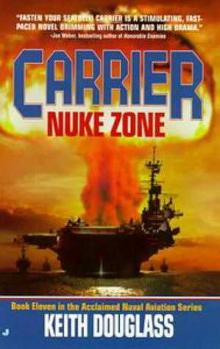 Nuke Zone c-11
Nuke Zone c-11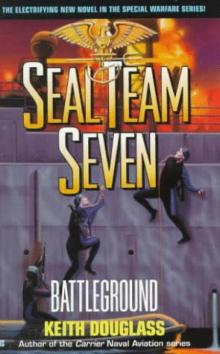 Seal Team Seven 6 - Battleground
Seal Team Seven 6 - Battleground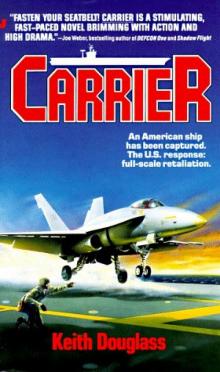 Carrier c-1
Carrier c-1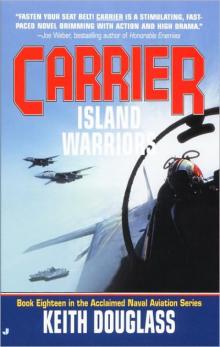 Island Warriors c-18
Island Warriors c-18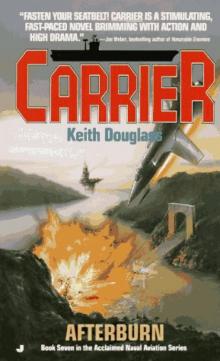 Afterburn c-7
Afterburn c-7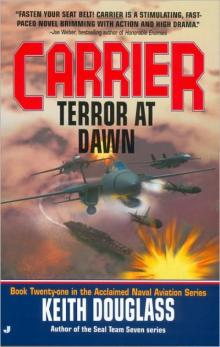 Terror At Dawn c-21
Terror At Dawn c-21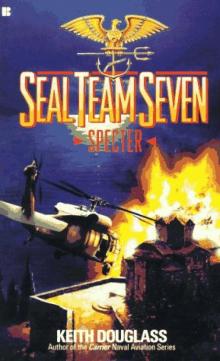 Specter sts-2
Specter sts-2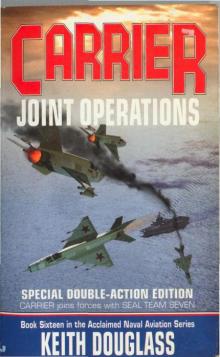 Joint Operations c-16
Joint Operations c-16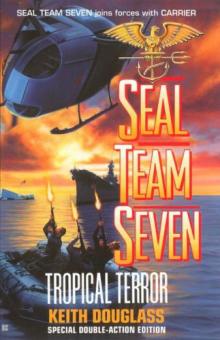 Tropical Terror sts-12
Tropical Terror sts-12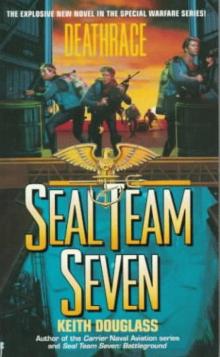 Seal Team Seven 7 - Deathrace
Seal Team Seven 7 - Deathrace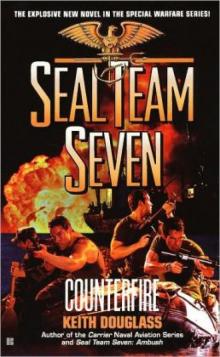 Counterfire sts-16
Counterfire sts-16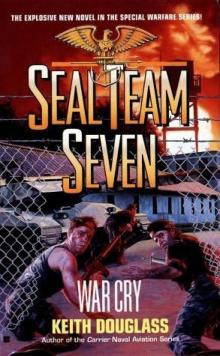 War Cry sts-9
War Cry sts-9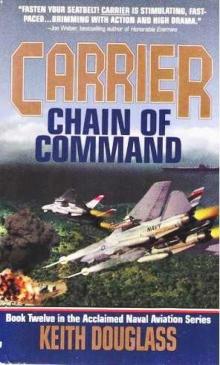 Chain of Command c-12
Chain of Command c-12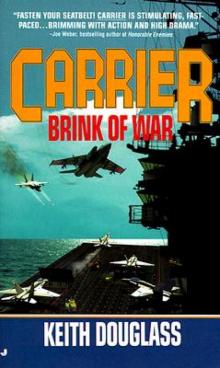 Brink of War c-13
Brink of War c-13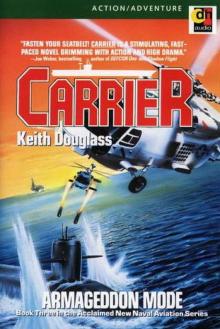 Armageddon Mode c-3
Armageddon Mode c-3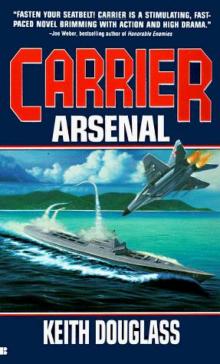 Arsenal c-10
Arsenal c-10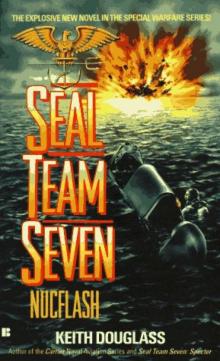 Nucflash sts-3
Nucflash sts-3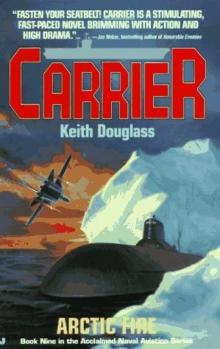 Arctic Fire c-9
Arctic Fire c-9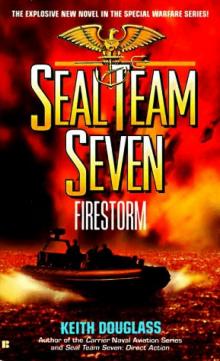 Firestorm sts-5
Firestorm sts-5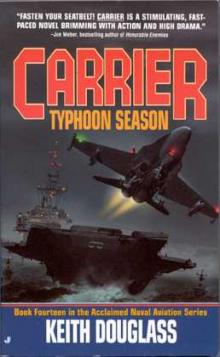 Typhoon Season c-14
Typhoon Season c-14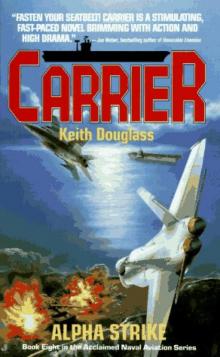 Alpha Strike c-8
Alpha Strike c-8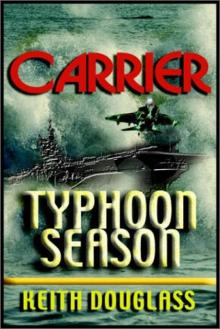 Carrier 14 - TYPHOON SEASON
Carrier 14 - TYPHOON SEASON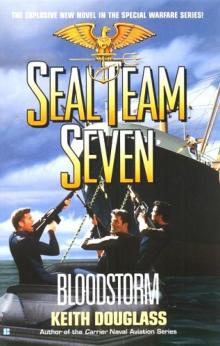 Bloodstorm sts-13
Bloodstorm sts-13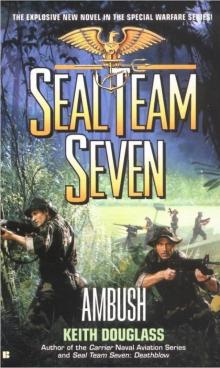 Ambush sts-15
Ambush sts-15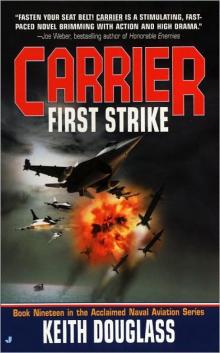 First Strike c-19
First Strike c-19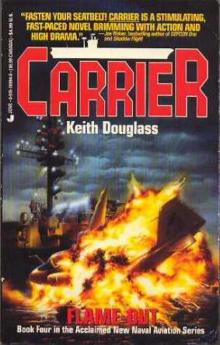 Flame Out c-4
Flame Out c-4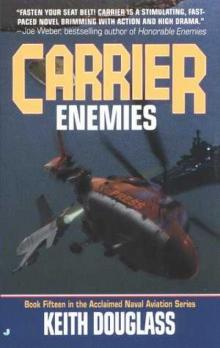 Enemies c-15
Enemies c-15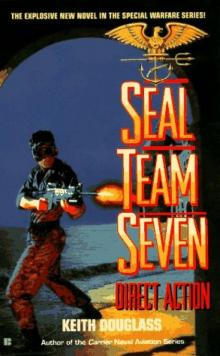 Seal Team Seven 04 - Direct Action
Seal Team Seven 04 - Direct Action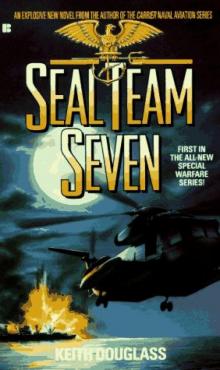 Seal Team Seven 01 - Seal Team Seven
Seal Team Seven 01 - Seal Team Seven Payback sts-17
Payback sts-17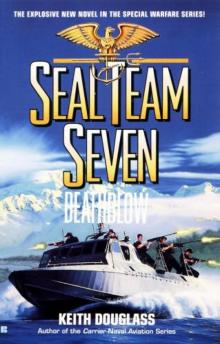 Death Blow sts-14
Death Blow sts-14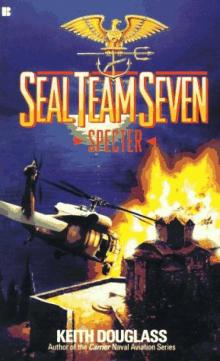 Seal Team Seven 02 - Spector
Seal Team Seven 02 - Spector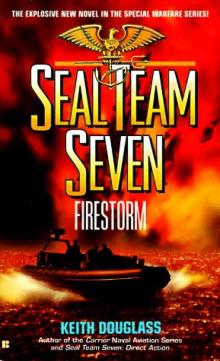 Seal Team Seven 5 - Firestorm
Seal Team Seven 5 - Firestorm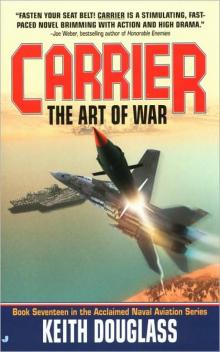 The Art of War c-17
The Art of War c-17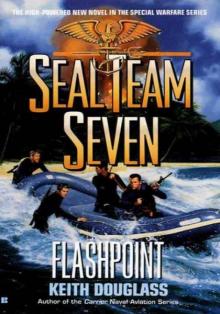 Flashpoint sts-11
Flashpoint sts-11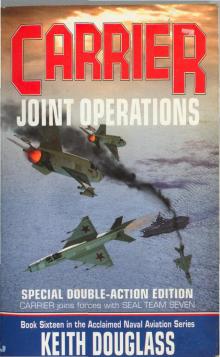 Carrier - Joint Operation Book 16
Carrier - Joint Operation Book 16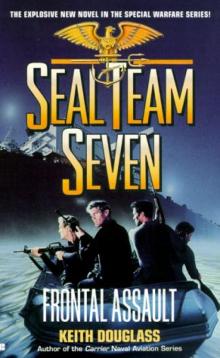 Frontal Assault sts-10
Frontal Assault sts-10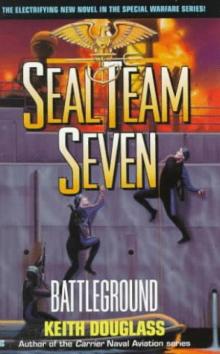 Battleground sts-6
Battleground sts-6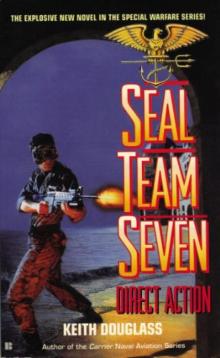 Direct Action sts-4
Direct Action sts-4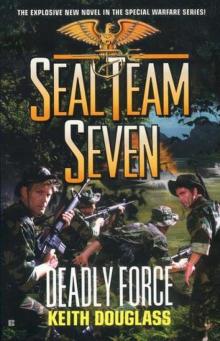 Deadly Force sts-18
Deadly Force sts-18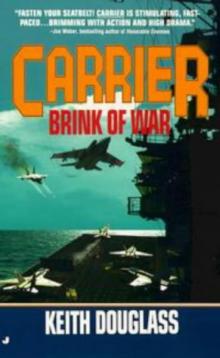 Carrier 13 - Brink of War
Carrier 13 - Brink of War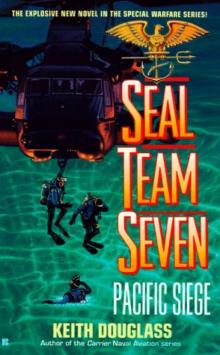 Pacific Siege sts-8
Pacific Siege sts-8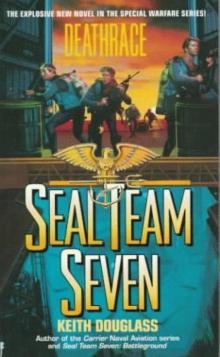 Deathrace sts-7
Deathrace sts-7